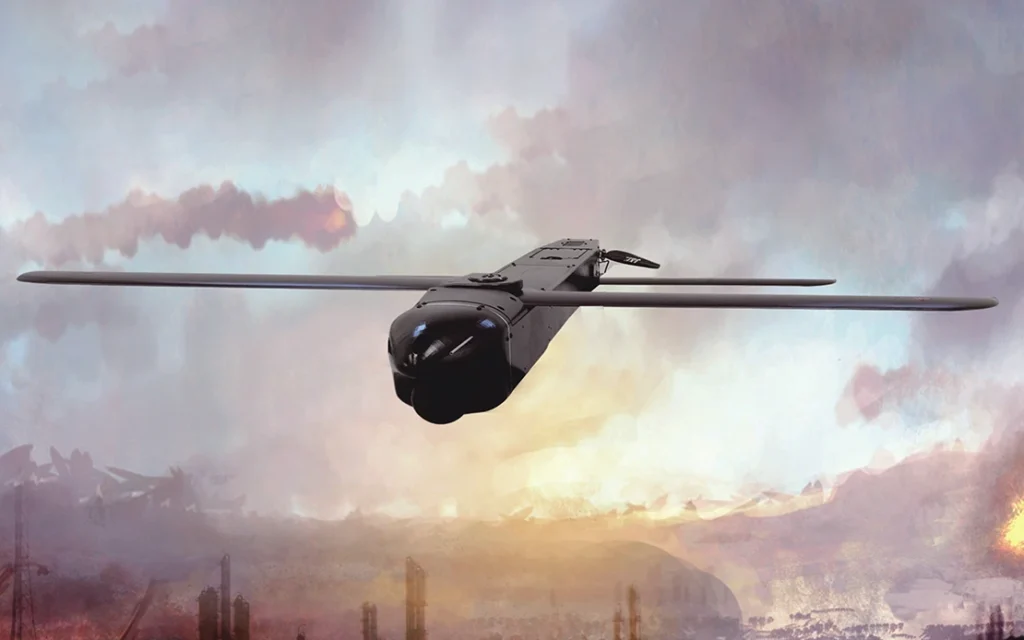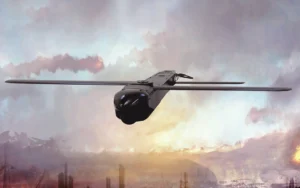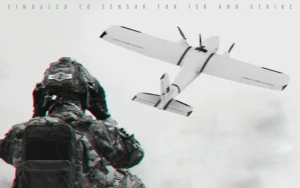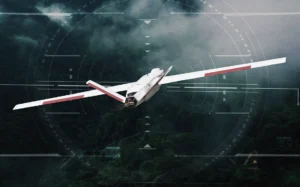Understanding Military Reconnaissance Drones: A Comprehensive Overview
Introduction to Military UAVs
Military drones, or unmanned aerial vehicles (UAVs), have revolutionized modern warfare with enhanced capabilities and reduced risks for personnel.
These remotely piloted or autonomous drones perform surveillance, reconnaissance, intelligence gathering, and direct engagement on the battlefield.
UAVs are strategically deployed in various operational scenarios to carry out surveillance, reconnaissance, and combat missions.
UAVs vary widely in size, range, and capability, from small handheld systems to large strategic drones carrying out long-range strikes.
Understanding military drones and their classifications is essential for strategists, policymakers, and the public to grasp their impact and ethical implications.
Military forces rely on unmanned aerial systems to gather intelligence and support military operations in hostile environments.
Types of Military Drones
Combat drones (UCAVs) are armed UAVs designed for precision strikes using guided missiles, bombs, and other munitions.
Reconnaissance drones gather intelligence using sensors, cameras, and advanced surveillance instruments for high-resolution imaging and signal collection. Advanced AI systems in these drones enable precise target identification, improving tactical decision-making.
Surveillance drones provide continuous real-time monitoring, crucial for reconnaissance, target tracking, and damage assessment after strikes.
Military UAVs are classified based on their primary battlefield roles, including reconnaissance, surveillance, and attack.
Autonomous drones capable of firing without human intervention provoke debates on liability and ethical warfare.
Air Force and Military UAVs
- The U.S. Air Force operates thousands of unmanned aerial vehicles (UAVs) including Predators, Reapers, Ravens, and Global Hawks.
- UAVs support intelligence surveillance and reconnaissance, reconnaissance missions, and battlefield communications relay.
- Armed UAVs were first used in 2001, expanding roles beyond surveillance to include drone strikes and electronic attack.
- The Air Force focuses on UAVs capable of collaborative missions with manned aircraft and standalone operations.
Military Use of Drones
- Military drones are crucial for national security and defense, providing real-time intelligence and surveillance capabilities.
- Armed forces use military surveillance drones to assess threats effectively and conduct rescue operations.
- Drones are used for border surveillance, providing real-time aerial imagery to locate survivors and guide rescue missions.
- Military UAVs have improved in range, stealth, and efficiency due to advances in battery autonomy and composite materials.
- Military drones have also seen significant deployment and interest in regions such as the Middle East, where they are used for a variety of operational needs.
Intelligence Surveillance and Reconnaissance
- Intelligence involves collecting information and using advanced sensors and AI to analyze data gathered during missions, which is crucial for target identification and real-time decision-making in strategic military operations.
- Surveillance is continuous observation of enemy activity or specific targets.
- Reconnaissance gathers information to meet specific military objectives.
- ISTAR adds target acquisition to ISR, enabling threat neutralization and destruction.
- Military drones are equipped with advanced sensors, including synthetic aperture radar and high-resolution cameras.
Long Endurance Drones
- Long-endurance drones can operate for extended periods, providing continuous surveillance and reconnaissance capabilities.
- These drones are essential for military operations, enabling informed decision making and enhanced situational awareness.
- Long-endurance drones are used for ISR operations, providing critical intelligence and supporting military missions.
- The MQ-9 Reaper is a combat-proven military drone known for its versatility, endurance, and heavy weapons loadout.
National Security
Military drones are indispensable tools for national security, providing real-time intelligence and surveillance capabilities. The rise of remote warfare, enabled by military drones, has transformed the ethical and legal landscape of modern conflicts. The use of drones raises legal questions and concerns about civilian casualties and security breaches.
The international community, including the United Nations, seeks regulatory frameworks to ensure military drone use complies with international law.
National security relies on the effective use of military drones, unmanned aerial systems, and advanced communication systems.
Potential Threats
- The use of military drones poses potential threats, including the risk of civilian casualties and unintended consequences.
- Recent decades have seen an increase in the use of drones in military operations, raising concerns about the impact on modern warfare.
- Military drones can be used for electronic warfare, disrupting enemy communication systems and supporting military operations.
- The development of autonomous drones capable of firing without human intervention raises concerns about accountability and liability.
Technological Advantages
The rapid advancement of unmanned aerial vehicles (UAVs) has transformed the landscape of military operations, providing armed forces with unprecedented capabilities. Military drones, including combat drones and autonomous drones capable of independent action, are now equipped with advanced sensors, high-resolution cameras, and artificial intelligence. These technologies enable drones to gather intelligence, conduct surveillance and reconnaissance missions, and execute precision strikes with remarkable accuracy. The integration of artificial intelligence allows autonomous drones to make critical decisions in real time, enhancing mission effectiveness and reducing the need for direct human intervention. Unmanned aerial systems (UAS) offer rapid deployment and extended operational reach, making them indispensable for intelligence surveillance and reconnaissance (ISR) operations. Their ability to provide enhanced situational awareness and support informed decision making has made military UAVs a cost-effective and essential asset for modern military forces.
Environmental Benefits
Military drones offer significant environmental benefits compared to traditional manned aircraft. Because drones are generally smaller and lighter, they require less fuel, resulting in lower emissions and a reduced carbon footprint during military operations. Additionally, drones generate less noise pollution, making them a more discreet and environmentally friendly option for surveillance and reconnaissance. The use of drones for border surveillance minimizes the need for extensive ground patrols, reducing the risk of security breaches while also lessening the environmental impact of large-scale troop movements. In rescue operations, drones enable rapid deployment to disaster zones, helping to locate and assist survivors quickly and efficiently, which can also reduce the risk of civilian casualties. As drone technology continues to evolve, their potential to support environmental monitoring and conservation efforts alongside military missions is becoming increasingly recognized.
Drone Development
The development of military drones has accelerated rapidly in recent decades, driven by advances in artificial intelligence, machine learning, and sensor technology. Modern military drones are now equipped with sophisticated systems such as synthetic aperture radar, advanced sensors, and precision-guided munitions like hellfire missiles and guided missiles. These enhancements have expanded the operational capabilities of drones, allowing them to conduct complex intelligence missions, precision strikes, and electronic warfare. The integration of communications relay technology and the ability to support special operations have further increased their strategic value. As demand for drones grows, manufacturers are investing heavily in research and development, pushing the boundaries of what unmanned systems can achieve. The future prospects for military drones are vast, with ongoing innovation expected to deliver even greater autonomy, improved intelligence gathering, and expanded roles in electronic warfare and beyond.
Future Prospects
- Future military drones will feature greater automation and integration with other combat systems, including coordinated swarm operations.
- Miniaturization will produce smaller, capable drones for discreet infiltration and deployment in densely populated or hard-to-reach areas.
- The use of artificial intelligence will enhance drone autonomy, enabling critical decisions during military operations.
- Military drones will continue to play a crucial role in modern warfare, providing real-time intelligence and surveillance capabilities.

Combat Drones
- Combat drones are designed for precision strikes, using guided missiles, bombs, and other munitions.
- The MQ-9 Reaper is a combat-proven military drone, operated by 10 nations, including the US Air Force.
- Combat drones integrate surveillance with offensive capabilities, enabling attacks without risking pilots’ lives.
- The use of combat drones raises concerns about civilian casualties and the need for clear regulatory frameworks.
Military Operations Support
- Military drones provide critical support for military operations, including intelligence surveillance and reconnaissance.
- Drones are used for rescue operations, providing real-time aerial imagery to locate survivors and guide rescue missions.
- Military UAVs enhance situational awareness, aiding military operations and decision-making.
- The use of drones in military operations has increased in recent decades, providing a cost-effective and efficient way to support military missions.
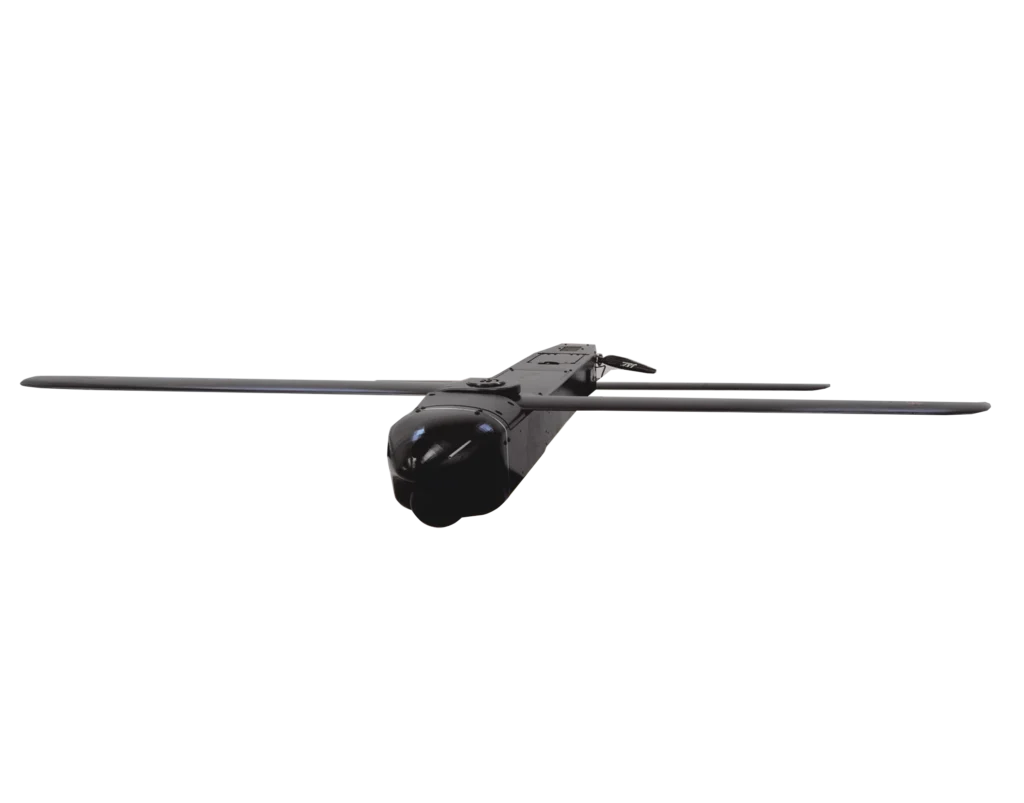
Conclusion
In conclusion, unmanned aerial vehicles (UAVs) have become indispensable tools in modern warfare, offering military forces enhanced situational awareness, rapid deployment, and increased mission effectiveness. The technological advantages of drones—including their ability to gather intelligence, conduct reconnaissance missions, and execute precision strikes—have made them a cornerstone of military operations. Their environmental benefits, such as reduced fuel consumption and emissions, further position them as a sustainable choice for military missions. As drone development continues to advance, their potential to support a wide range of military and civilian applications is becoming increasingly apparent. The international community must collaborate to establish clear regulations and guidelines for drone use, ensuring compliance with international law and the protection of human rights. Ultimately, the successful integration of drones into military operations will depend on their ability to support informed decision making, enhance situational awareness, and minimize civilian casualties, while addressing the legal questions and ethical concerns that accompany their deployment.


